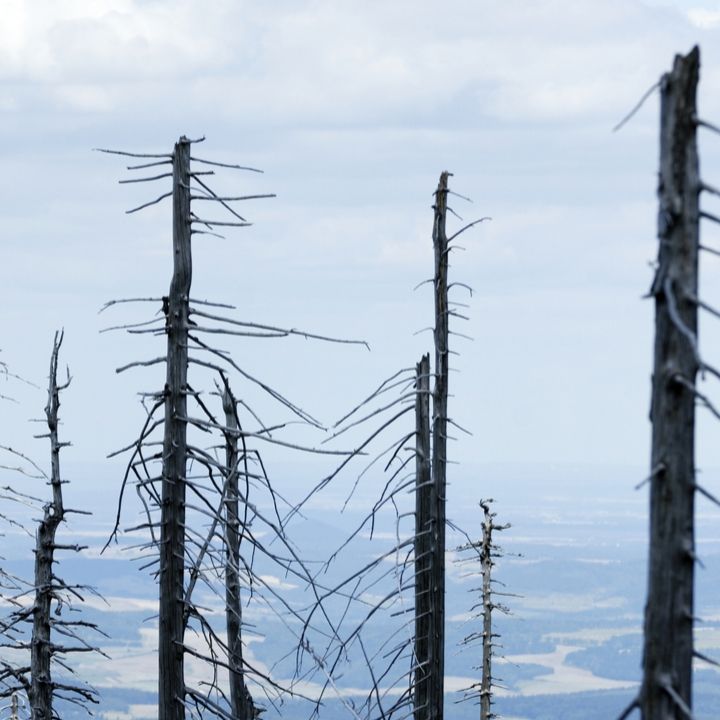Dead trees cause problems in Ontario
August 24, 2018 | Paul Bootsma

According to a CBC report in July, northeastern Ontario is experiencing a Spruce budworm infestation. The Spruce budworm is the biggest threat to North American spruce and fir forests, and, on top of that, the resulting dead trees are much more susceptible to forest fires.
Threats to entire trees species is not new to Ontario. Most of the Ash trees in Ontario have died or are on the way. Many have been cut down in the hopes of halting the travel of the emerald ash borer. Some provincial parks have cut down the ash trees but haven’t removed the timber. Those remaining dead trees become fuel for fire.
The forest fires in northern Ontario and other provinces are good reasons for some good forest maintenance guidelines. Ontario agriculture should also be involved, since many Ontario farms own bush land which now contain dead trees. We need to keep our trees healthy because they are vital to our ecosystems. When we lose them to pests or fire, more is lost than just trees or firewood.
Trees are a great asset for carbon sequestering, an issue that is important to many people in Ontario. Some trees can absorb as much as 48 pounds of carbon dioxide per year and can sequester one tonne of carbon dioxide by the time it reaches 40 years old. This is just one valuable thing trees do for us; they also reduce heat temperatures in urban areas, retain moisture during droughts, prevent erosion, and provide homes to birds and small animals—to name just a few.
Because we are losing specific varieties of trees, we need to manage the rest well. More municipalities need to have reasonable tree-cutting bylaws. Simply cutting down mature trees may not be the best thing for the province’s urban areas. The Ministry of Natural Resources and Forestry is managing forests to keep them as healthy as possible considering the pest issues.
According to a municipal tree expert re-planting programs should be encouraged across the province to keep the tree cover to approximately 10-12%, although in more northern parts of the province this is much higher. This tree expert sees a need for educating people about the value of trees even in urban areas where trees can improve the air quality by removing dust and minimize wind speed and direction.
Trees are an important part of our environment and need our care and attention.
Paul Bootsma is Member Relations Manager for the Christian Farmers Federation of Ontario. The CFFO Commentary represents the opinions of the writer and does not necessarily represent CFFO policy. The CFFO Commentary is heard weekly on CFCO Chatham, CKXFM Chatham, and CKNX Wingham. It is also archived on the CFFO website, www.christianfarmers.org. CFFO is supported by 4,000 family farmers across Ontario.
 Skip to main content
Skip to main content